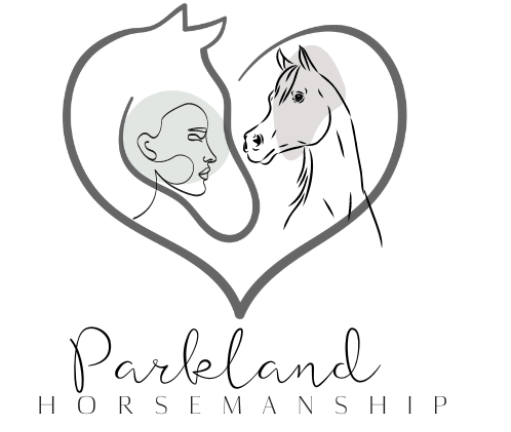Groundwork exercises aim to develop communication and trust between horse and rider. From desensitization and confidence-building sessions to yielding and suppleness exercises, Groundwork brings horse and rider together for mutually beneficial interaction.
Most trainers include groundwork as part of their training systems, even if it doesn’t fall into this category. When starting groundwork with your horse, be sure to have an approach ready in mind.
Start Slowly
Groundwork refers to any form of training conducted with your horse while on the ground rather than under saddle. Groundwork can help teach your horse basic cues while simultaneously giving young horses valuable socialization experiences that prepare them for ridden work later.
Remember that successful groundwork exercises rely on clear communication between yourself and your horse, which requires being patient and consistent in training as you establish a language between the two of you.
Once your horse has become comfortable with simple exercises such as circle work and walking with their head at partner position, you can move onto more difficult exercises like shoulder-in or serpentines. At this stage you should begin experimenting with equipment like ground poles and cavalettis while always prioritizing safety.
Establish Cues
Groundwork training can be the first introduction young horses have to training, helping them become more attuned with their rider and building strong bonds between horse and handler.
Desensitizing, backing up and lunging are some of the most useful exercises that can be performed to train horses to pay attention to their trainer, learn new cues quickly and set rules of leadership and security.
Groundwork exercises can help horses develop balance and coordination by teaching them how to walk in circles or straight lines. Obstacles like cones, poles and cavalettis can help horses navigate unfamiliar terrain more efficiently while improving responsiveness. No expensive equipment is needed for these exercises – though some may require fencing around an arena or round pen for safety reasons – however objects such as old tires, shavings bags or tree logs from your pasture could even serve as useful teaching aids!
Be Consistent
As with any training technique, consistency is of utmost importance when beginning groundwork training with your horse. Once you begin this journey, continue until your horse fully comprehends and comprehends each exercise – this helps build trust between yourself and your equine partner, making riding simpler and more enjoyable for both of you!
Groundwork can help reduce fear and spookiness, improve responsiveness, and strengthen the bond between you and your horse. Leading exercises, for instance, encourage horses to respect personal space while following cues from you more readily – which makes loading into trailers or gates much less stressful!
Groundwork provides mental stimulation for horses that have not been ridden often or never experienced riding. This can help prevent boredom or the development of bad habits such as cribbing and weaving that might otherwise develop from not having enough rides or being kept out in pasture for extended periods. This is especially useful for horses in rescue situations or newcomers to the saddle who might become bored without stimulation from riding sessions.
Have a Plan
Groundwork is an integral component of horse training that builds trust, discipline and communication between horse and rider. Groundwork provides an opportunity to assess a horse’s natural movement patterns without their rider present; in addition, groundwork provides the chance to teach simple lateral exercises which improve ridden work such as leg yielding or shoulder in.
Groundwork depends on the trainer and can consist of anything from basic lead exercises and touch exercises to lungeing, long lining and liberty training (where horses are free without being restrained by mecate reins or halter). Most training systems employ groundwork as part of their process for starting young horses under saddle although this term might not always be used.
Add groundwork into your training routine and you will see an immediate difference in the way you interact with your horse. Justin Boots makes innovative boots to provide comfort when doing this task – their designs offer both form and function for any equestrian!

